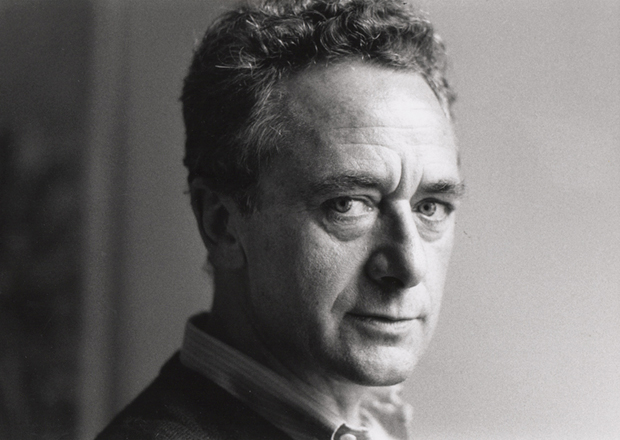
Why is Gerhard Richter so important?
The abstract and photorealist artist has confronted both Germany’s past and abstract painting itself
One reason why Gerhard Richter is so important is because he has kept painting alive - and in a very ingenious manner too - throughout a period when its death has been much reported and much exaggerated, writes critic, curator and commissioning editor for fine art at Phaidon, David Anfam.
Another factor is that Richter has managed to confront, on the one hand, some of the major social realities of the past half century - particularly Germany’s deeply troubled history and, now, 9/11 - and, on the other hand, he has also rigorously analysed the nature of abstract painting itself.
So we have this extraordinary juxtaposition within the same artist: someone who is dealing with history and figuration, often in an almost photographic mode and, by contrast, there's another side to Richter which engages the crisis of representation and the urge towards absolute abstraction.
He eludes being pigeonholed as a realist, minimalist or conceptualist even while drawing upon all these trends. Richter has, in the process, and not altogether incidentally, created some extremely beautiful images and maintained a very high level of pictorial craft.
It seems to me that at the crux of Richter’s project is the uncompromising realisation that art is a language. This is something we already know well from Marcel Duchamp’s seminal example. The upshot is that since language conveys information, Richter has been able to use painting as if it posessed an almost syntactical kind of grammar. By this I mean that he is able to decline and conjugate, as it were, painting's sign systems - as though they were verbs, nouns and so forth. Put another way, in some works he deconstructs painting into its constituent brushmarks; in others he plays upon the data and conventions that enable pictures to mirror the real world; and in still other series he explores the make-up of colour and the myriad hues possible within the spectrum, as in his stained glass windows for Cologne Cathedral. Quite simply, Richter plays like a virtuoso on what I would call painting’s “words” and “sentences”. Understood in this sense, he is a consummate pictorial rhetorician - one for whom passion is always conveyed in the coolest of voices.